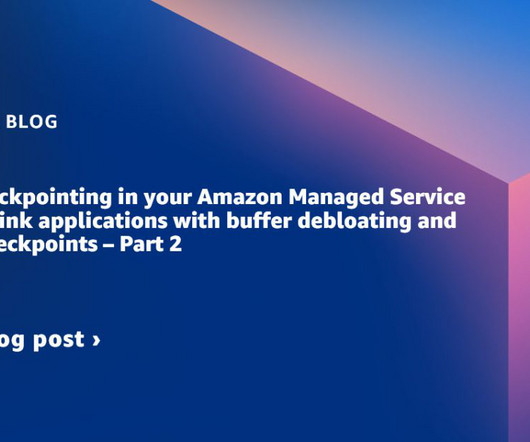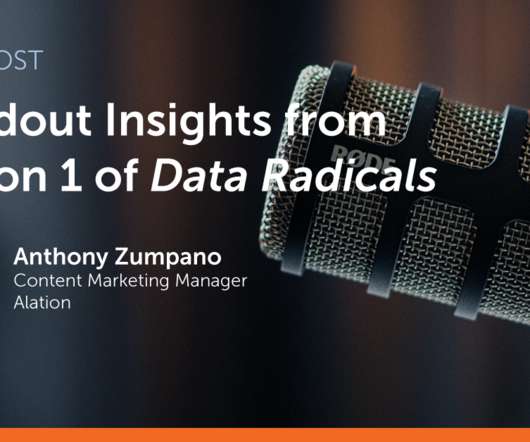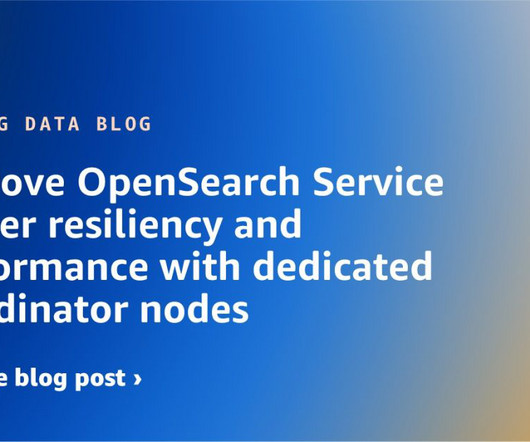Enterprises willing to spend up to $250 million on gen AI, but ROI remains elusive
CIO Business Intelligence
JANUARY 10, 2025
As leaders work to define the right metrics, those measures must be tightly aligned with the business strategy and should account for the cost of not investing. As gen AI adoption accelerates, enterprises face a pivotal moment: embrace AIs potential to transform business or risk falling behind in a rapidly evolving digital economy.





















Let's personalize your content